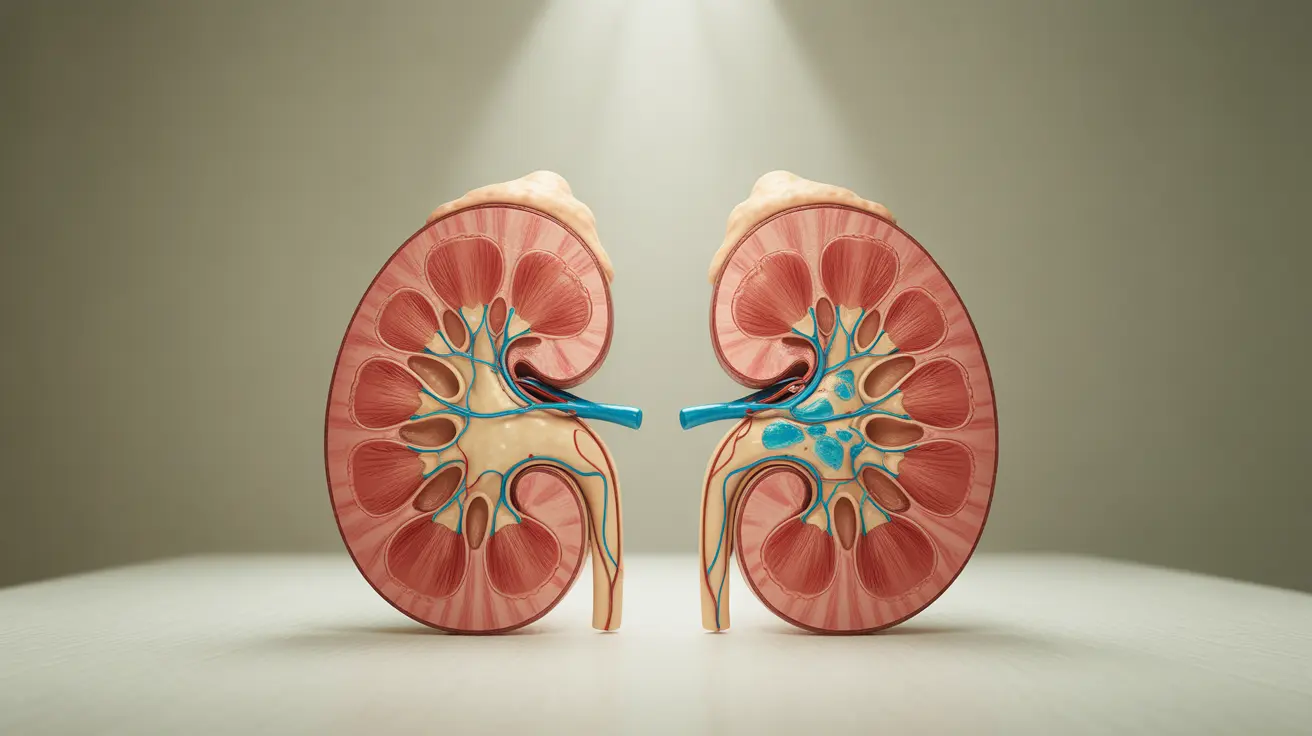Boutonniere deformity is a complex finger condition that can significantly impact hand function and daily activities. This condition occurs when the middle joint of a finger becomes bent downward while the end joint bends backward, creating a characteristic "buttonhole" appearance. Understanding the surgical and non-surgical treatment options is crucial for anyone affected by this condition.
Whether caused by injury, arthritis, or other underlying conditions, proper diagnosis and timely intervention are essential for achieving the best possible outcomes. Let's explore the various aspects of boutonniere deformity, from initial symptoms to treatment options and recovery.
Understanding Boutonniere Deformity and Diagnosis
Boutonniere deformity typically presents with distinct physical characteristics. The middle joint (proximal interphalangeal joint or PIP) flexes downward, while the end joint (distal interphalangeal joint or DIP) extends upward. This creates a distinctive deformed appearance that can worsen over time if left untreated.
Diagnosis typically involves:
- Physical examination of the affected finger
- Assessment of finger flexibility and strength
- X-rays to evaluate joint alignment and bone structure
- Evaluation of underlying conditions like rheumatoid arthritis
Conservative Treatment Approaches
Non-surgical treatment is often the first line of defense, especially when the deformity is caught early. These approaches include:
- Splinting to maintain proper finger alignment
- Specialized exercises to maintain joint mobility
- Anti-inflammatory medications for pain management
- Activity modifications to prevent further injury
Surgical Treatment Options
When conservative treatments prove insufficient, surgical intervention may become necessary. Several surgical techniques are available, depending on the severity and cause of the deformity:
Soft Tissue Procedures
These procedures focus on repairing or reconstructing damaged tendons and ligaments around the affected joint. They're often performed when the deformity is primarily due to soft tissue damage.
Joint Reconstruction
More complex cases may require joint reconstruction, which can involve:
- Tendon transfers
- Joint realignment procedures
- Arthroplasty in severe cases
Prevention and Risk Reduction
While not all cases of boutonniere deformity can be prevented, certain measures can help reduce risk:
- Proper hand protection during sports and activities
- Early treatment of rheumatoid arthritis
- Regular hand exercises for joint flexibility
- Immediate attention to finger injuries
Recovery and Rehabilitation
Post-surgical recovery requires dedication and patience. Physical therapy plays a crucial role in:
- Restoring finger mobility and strength
- Preventing stiffness and complications
- Teaching proper exercise techniques
- Monitoring progress and adjusting treatment plans
Frequently Asked Questions
What are the symptoms of boutonniere deformity, and how is it diagnosed?
The primary symptoms include downward bending of the middle finger joint and upward bending of the end joint. Diagnosis involves physical examination, range of motion tests, and imaging studies like X-rays.
How is boutonniere deformity typically treated, and what are the differences between surgical and nonsurgical options?
Non-surgical treatments include splinting, exercises, and anti-inflammatory medications. Surgical options become necessary when conservative treatments fail and may involve soft tissue repair or joint reconstruction procedures.
What are the risks and benefits associated with surgery for boutonniere deformity?
Benefits include improved finger function and appearance. Risks may include infection, stiffness, incomplete correction, and the need for additional procedures. Success rates vary depending on the severity and timing of treatment.
Can boutonniere deformity be prevented, or are there steps to reduce its risk?
While not entirely preventable, risk can be reduced through proper hand protection, early treatment of underlying conditions, and immediate attention to finger injuries.
What kind of recovery time can I expect after surgery for boutonniere deformity, and what role does physical therapy play in the healing process?
Recovery typically takes several months. Physical therapy is crucial for restoring function through targeted exercises, splinting, and monitoring progress. Commitment to rehabilitation exercises and following post-operative instructions are essential for optimal outcomes.




